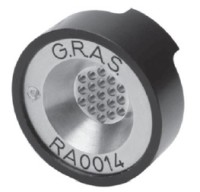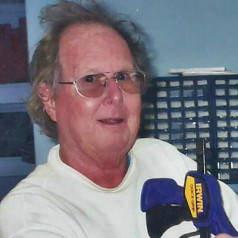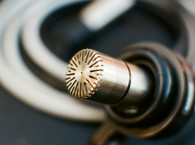Microphone calibration has been the subject of many articles and technical papers. In this article audioXpress author Ron Tipton doesn’t cover so-called “primary” calibration because it is too expensive and too time consuming for those who just want to have a reasonably accurate measurement microphone. Instead the author discusses two methods of “secondary” calibration: the electrostatic actuator and microphone comparison.
Ron Tipton described the method in an April 2009 audioXpress article. He wrote:
This is a non-acoustical method, and although the equipment is a bit expensive, it can yield excellent results. Because of the way this method has evolved, it is applicable to only the class of measurement microphones that come in 0.25″, 0.5″, and 1″ sizes—that is, the outside diameter of the microphone barrel. Bruel and Kjaer measurement microphones are well known, but my favorite is the inexpensive model ECM-8000 made by Behringer ... To use this method, remove the microphone cartridge protection grille and replace it with an electrostatic actuator.

They come in 1″ and 0.5″ sizes, and a 0.5″ to 0.25″ adapter is available for 0.25″ microphones. Photo 1 shows a 0.5″ actuator. Place the microphone and actuator in an enclosure to isolate the measurement from external noise sources.
In the measurement setup (Figure 1), the swept sine wave input can be from a computer sound card and the spectrum analyzer can also be software based.
The actuator driver is probably beyond the realm of the home-constructor because it amplifies the input signal to about 25-V RMS and then imposes it on 800-V DC to drive the actuator. The actuator does not produce a sound wave (a non-acoustical method) but rather electrostatically couples the diaphragm in the actuator to the diaphragm in the microphone. Energy is transferred through the electrostatic field and the microphone “thinks” it’s in a sound field.

My primary reason for introducing the actuator is because this is how measurement microphone manufacturers calibrate the product we will use as the reference microphone in the comparison method. It would be useful to be able to periodically check the calibration of the reference microphone, but the actuator and driver are a bit pricey. It turns out there is a less expensive way to verify the calibration.—R. Tipton, audioXpress, April 2009
Read the full article here
Editor's note: This article originally appeared in audioXpress, April 2009 .






